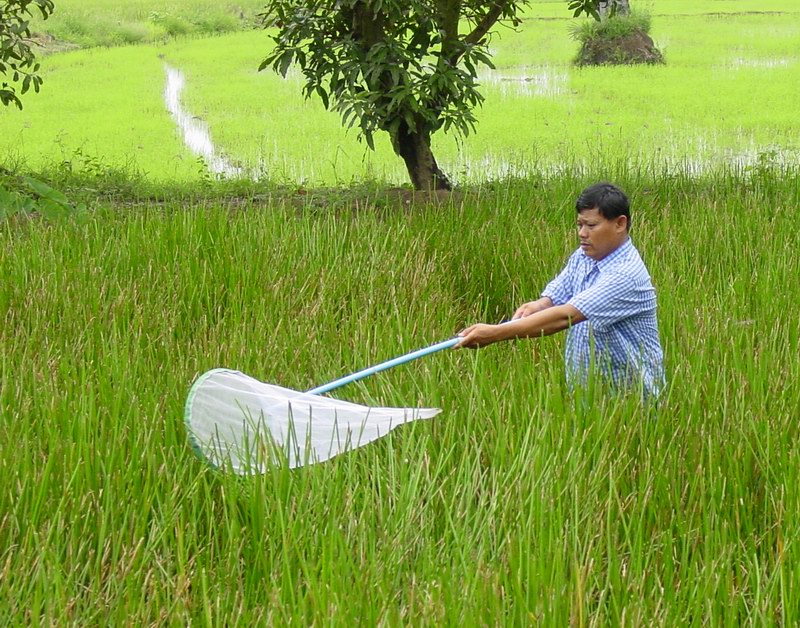
What Are The Main Techniques For Pest Control In Agriculture?
In principle, the most common technique for combating agricultural pests is chemical control, that is, agrochemicals. However, some methods have been developed and applied to complement and reduce pesticides in farming and also some companies like https://www.guardianhome.com/pest-control-marysville/ help to control the spread. Check out.
New Application Technologies
Technologies have been presented with the initial objective of improving and making pesticides more efficient, reducing losses as much as possible, and dosing the amount of product used in the right measure.
For example, Telemetry Systems can calculate the dose and volume of products applied based on data taken from the climate – such as temperature and humidity levels – from machinery and soil conditions. In addition, they perform a complete crop diagnosis to help optimize operations and make them more effective.
As a result, telemetry contributes to increasing productivity and reducing costs by between 3% and 15%. In general, these resources are part of precision agriculture – a set of technologies and techniques used to record and analyze data systematically on the various factors that can influence production.
Based on the results, it is possible to elaborate strategies and actions to eliminate waste and increase productivity per hectare.
Mip – Integrated Pest Management
Integrated Pest Management consists of alternative techniques recommended by the scientific community to reduce pests to harmless levels in crops. Thus, the techniques used in MIP contribute to significant savings in the purchase of agrochemicals. It is possible to reduce the amount of applications through data analysis and constant monitoring of the plantation.
Another great benefit is the operators’ exposure time to the products. In this case, it is reduced, which helps to preserve its health and integrity. In addition, it protects natural resources, such as soil and rivers, since the chances of contamination are reduced.
Crop Rotation
As the same crop is produced continuously in the exact location (monoculture), it is normal to increase pests and diseases. In this context, crop rotation prevents the fixation and multiplication of a disease.
Thus, through this agricultural technique, the farmer can plan to alternate the types of vegetables grown on the ground. Thus, in addition to controlling agricultural pests, the practice contributes to preserving the soil’s good physical and biochemical conditions, replacement of organic matter, and simplification of the fertilization process.
Pheromones For Attracting (And Eliminating) Pests
In general, this technique consists of using pheromones to control insect pests in crops. For this, this natural agent operates by communicating with other insects of the same species. Thus, they “transmit” various notices, such as the presence of predators, demarcation of territory, reproduction, etc.
For example, to control bedbug pests in soybean and rice plantations, Embrapa researched the species’ male, removing the natural pheromone exhaled by the insect and making it in the laboratory. Then, devices were released to release the pheromone in traps, attracting and capturing the females. In addition, there are also companies that specialize in pest control like guardian home pest control amongst others you might want to invite them
